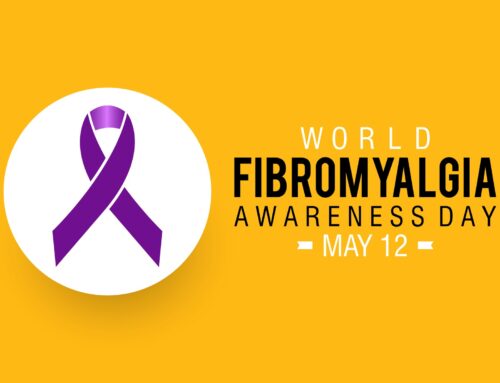For Tanya, a 31-year-old mother of two, the journey to pain-free living has been a long and frustrating one. Her five-year struggle to find the cause of her debilitating back pain (SI joint dysfunction and sacral torsion) – and how to manage it – has finally come to an end; she is hopeful that by sharing her story, others will be able to find the help they need more quickly than she was able to.
Don’t Worry, It Will Stop Hurting on Its Own
While pregnant with her second child, Tanya began experiencing pain in her lower back area that also radiated down her leg. She explained the problem to a chiropractor, who told her that it was probably sciatica, not to worry, and that it would stop hurting after she gave birth.
While sciatica that occurs during pregnancy can often resolve after birth, Tanya’s pain did not. She sought treatment again. Doctors ruled out sciatica as the cause of her pain and suspected piriformis or disc problems instead. X-rays ruled out a disc issue, so Tanya received piriformis stretching exercises to try. “Not a single improvement,” she says.
Parade of Providers
Tanya estimates that she saw 10-15 providers over the next several years. “I went to chiropractors, physical therapists, massage therapists, and pain management doctors. They did an MRI on my back and several x-rays. Nothing. I was so discouraged.”
Desperate to find the cause of her pain, Tanya says, “I just started researching everything. I started learning about the SI joint and the type of pain that it can cause, and I thought that might be it. I went to a chiropractor and asked if they could help with that. They just cracked my bones and didn’t help me at all. It still hurt, and they told me to come back later. “
Tanya thought that she was onto something with her research on the SI joint and SI joint dysfunction (SIJD), and she focused on finding out as much as she could. She joined forums online, read other people’s stories, and learned about pelvic physical therapy as a potential treatment. She Googled SI joint dysfunction and pelvic physical therapy in Charlotte and found KCP Physical Therapy. She could relate to Amy’s story on the website and says she was excited to find someone local who might be able to help.
Finding Relief at KCP
“The first time I came, I knew I had the right place. Joy knew exactly what was going on. I’d spent so much time and money seeing people who either had no idea what was wrong with me or told me ‘You have no problems, you’re good.’ Finally, someone knew what was wrong and how to help,” she says.
During that initial assessment, physical therapist Joy Pfuhl confirmed that Tanya was indeed suffering from SI joint dysfunction, caused by both pelvic instability and sacral torsion. She was able to perform a manual correction and help Tanya begin an exercise routine that consisted of both stretching and strengthening.
“I felt better after that first visit,” Tanya says. “It was amazing. I just couldn’t understand why no one else seemed to know about this issue.”
Within weeks, Tanya says the difference was “unbelievable.” She says she had a moment when she realized, “Hey, wait a minute… I’m pain free. Completely pain free! I had gotten used to saying I felt ‘pretty good’ if the pain was just bearable. But I felt like, wow, zero pain everywhere! That’s a miracle!”
Flare-ups can be common with SIJD, but Tanya says that she now understands how to manage them and is encouraged by what she has learned at KCP. “I have my ups and downs, but I was in pain every single second, and now I’m more pain-free than in pain,” she says. “I am just so thankful that I found KCP, and I owe Joy a huge thank you for her help!”
Joy credits Tanya with being resourceful and determined in advocating for herself. “She did her homework to find KCP, and she improved from her first session. I feel privileged to be a part of her journey,” she says.





